Gymnopilus spp.
Scientific names: Gymnopilus ventricosus (Earle)
Hesler; Gymnopilus picreus (Pers.) P. Karst.,
Gymnopilus junonius (Fr.) P.D. Orton (= G. spectabilis
(Weinm.) A. H. Smith); G. fulvosquamulosus Hesler; G.
penetrans (Fr.) Murrill
Derivation of names: Ventricosus means "swollen" or
"bulging." Picr means "bitter" or "pungent."
Spectabilis
means means "notable" or "remarkable."
Phylum: Basidiomycota
Order: Agaricales
Family: Strophariaceae
Occurrence on wood substrate: Saprobic;
single to
scattered or clustered on hardwoods and conifers.
Dimensions: Consult field guides.
Cap: Consult field guides.
Gills: Attached.
Spore print: Orange to rusty-orange to bright rusty
brown.
Stipe: Consult field guides.
Veil: A partial veil is often present.
Edibility: Many species are bitter, some are
hallucinogenic, and the edibility of the majority is unknown.
Comments: There are many species and little consensus
on identifying them. Macroscopically, they can be
confused with Pholiota species and with the deadly
Galerina marginata complex. Microscopically, spores of
Gymnopilus species are finely roughened (warty) and lack
an apical pore. Pholiota species do not have warty spores.
More information at MushroomExpert.com:
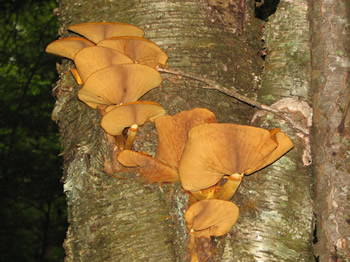
Figure 1. G. ventricosus. Photo © Rick Van de Poll.
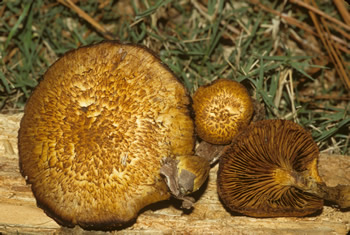
Figure 2. G. fulvosquamulosus. Photo © John Plischke III.
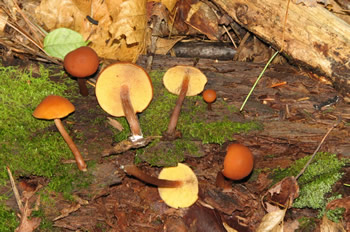
Figure 3. G. picreus. Photo © Rick Van de Poll.
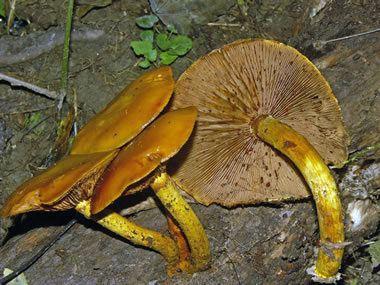
Figure 4. G. spectabilis. Photo © Dianna Smith.
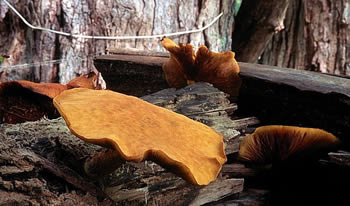
Figure 5. G. spectabilis. Photo © Pam Kaminski.
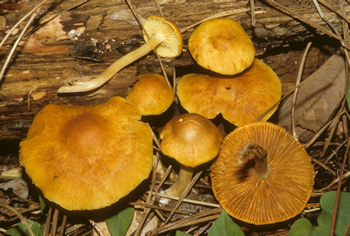
Figure 6. G. penetrans. Photo © John Plischke III.